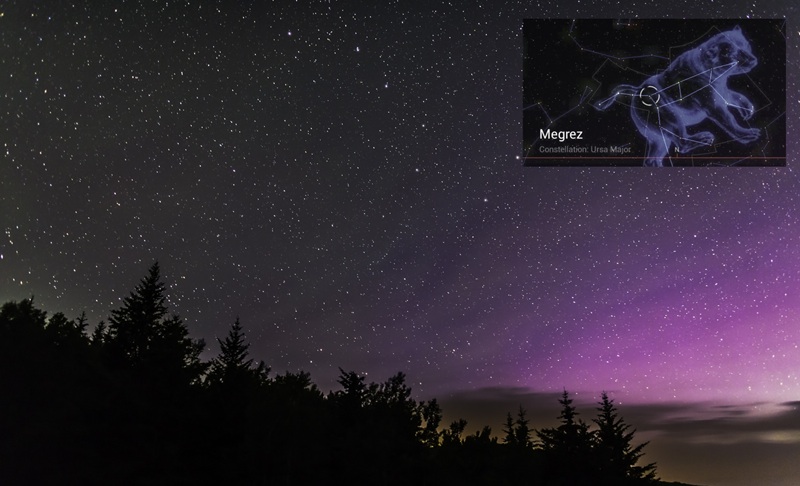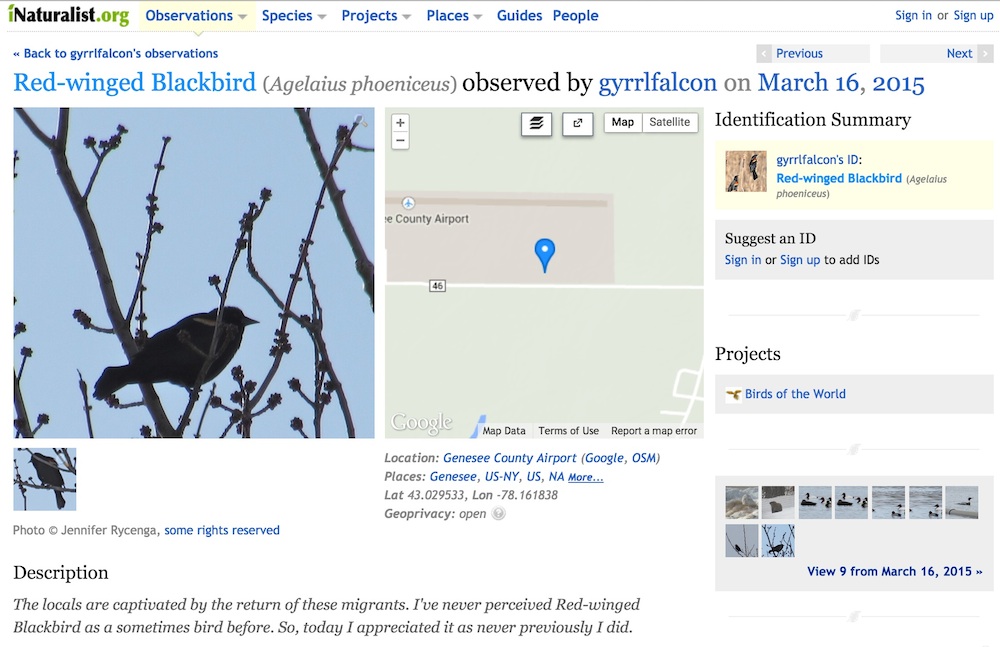A few weeks ago, I learned that the California Academy of Sciences had obtained a pair of Google Glass, Google’s early adopter attempt at creating augmented reality eyewear. Since I’ve done a lot of work and thinking in virtual and augmented reality before, I was pretty excited to get my hands on these glasses.
My main interest is this: how could augmented reality tools like Google Glass enhance informal science education?
A little research has not elicited much work in this area:
- My friend Barry Joseph at AMNH has a couple of blog posts on his experiences using Google Glass with his family and thinking about museums that are definitely worth reading.
- Other research has focused on using Google Glass in formal college educational settings, such as this list of potential educational applications and this professor at University of Colorado Denver integrating it into his teaching practice.
- And here’s an interesting article about using Google Glass in the research lab. Read through to the comments for a spirited debate on whether Glass offers much advantage over other available tech like smartphones.
But what about for the general public to get more insights into science and the natural world?
This past week I started testing out our pair of Glass. I’ve got at least a couple of semi-coherent ideas for how augmented reality specs might be used for informal science learning that I’ll tease out in a future blog post. But meanwhile here are a few of my first thoughts on what Google Glass can do and how that maps to informal science education:
1. Explore Nearby
There are a couple of interesting Glass apps called “Field Trip“ and “What’s Around” that provide basic information on various locations near to you. Being able to call up that information and have it displayed in front of you seems like a really powerful tool for science education. Imagine what kinds of cool scientific data you could provide for the wearer about the natural world, mapped onto their view of their immediate environment.
2. Explore Far Away
One obvious science application is the “Star Chart” app, which allows you to look around and see mapped out in front of you where various astronomical objects are, including the sun, moon, planets, stars, and constellations. Being able to look up at the sky and know what you are looking at is just a really powerful and cool experience. A voiceover gives some basic information about the objects as you look at them.
3. Take a Picture
Taking a picture and a video is one of the coolest and most fun aspects of Google Glass. Photo and video documentation of science and citizen science using a hands-free device has a number of interesting applications. Imagine if you could contribute to online citizen scientist efforts like iNaturalist with literally the blink of an eye.
4. Connect Me
Google Glass can connect you to a Google Hangout or simply initiate a call to someone else. This connectivity presents a number of tantalizing prospects for more direct connections to scientists — both in the field and in the lab — for the general public. We already do a number of these live virtual events at the Cal Academy, as do many other science institutions. But what could having a “scientist view” add to the experience for the viewer? The medical profession has done the most work in this area, for example allowing surgeons to share their work in the operating room with other doctors and students.
Are there other applications for science education that you are excited about? Feel free to suggest more in the comments.

